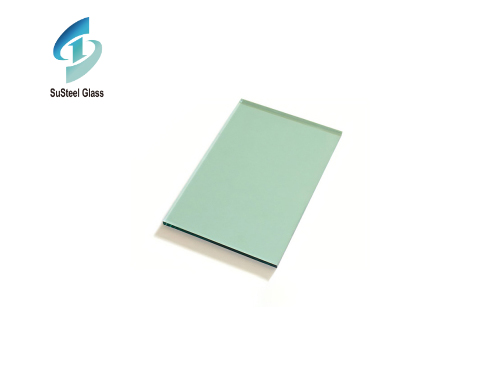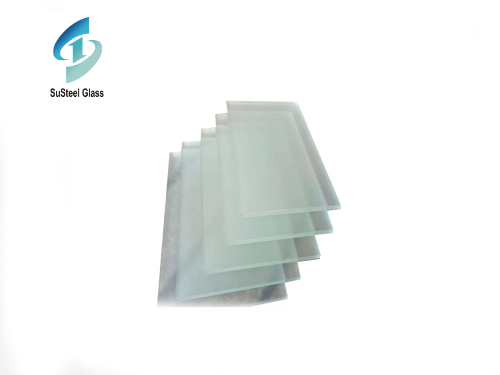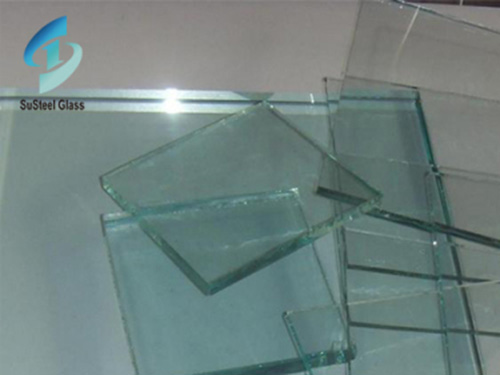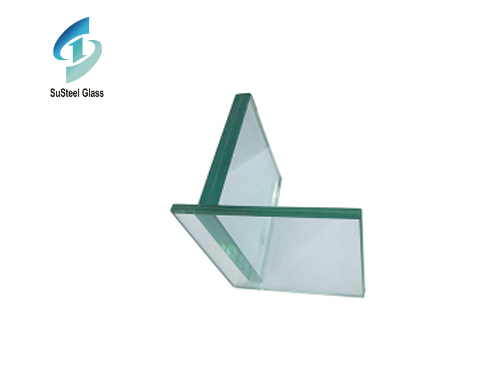
The development of ultra-thin glass has sparked excitement and opened up a world of possibilities in various fields, ranging from consumer electronics to renewable energy.
Ultra-thin glass is a type of glass that possesses extraordinary thinness, typically measuring less than a millimeter in thickness. Its remarkable strength and flexibility make it an attractive alternative to traditional materials, such as plastic, in numerous applications. This innovative material is achieved through advanced manufacturing processes that allow glass to be produced at previously unimaginable thinness, without compromising its integrity.
The advent of ultra-thin glass has revolutionized the consumer electronics industry. It has paved the way for the development of flexible and foldable displays, making it possible for smartphones, tablets, and wearable devices to become more versatile and durable. Ultra-thin glass provides superior scratch resistance, excellent optical clarity, and enhanced touch sensitivity, offering an immersive user experience.
Additionally, the automotive sector is exploring the use of ultra-thin glass for interactive heads-up displays, augmented reality windshields, and smart mirrors. This thin, lightweight, and robust material adds a layer of safety and functionality to vehicles, enhancing both driver and passenger experiences.
Ultra-thin glass has also found applications in the renewable energy sector. It can be utilized in solar panels to replace conventional materials, improving energy conversion efficiency and reducing costs. The transparency and durability of ultra-thin glass make it an ideal candidate for integrating solar cells into windows, facades, and even portable charging devices.
In addition to consumer electronics and green energy, ultra-thin glass holds potential in various other domains. It can be used for advanced touchscreens, medical devices, microelectronics, and even in the aerospace industry for lightweight components.
Ultra-thin glass is a remarkable technological advancement with far-reaching implications. Its exceptional strength, flexibility, and transparency have opened up new avenues across industries, from consumer electronics to renewable energy. As this transformative material continues to evolve, it promises to shape the future of technology, enabling innovative products that were once only imaginable.
 Exploring the World of Green Tinted Glass Products: Versatility and Sustainability
Exploring the World of Green Tinted Glass Products: Versatility and Sustainability
 Exploring the Versatility and Elegance of Custom Thick Glass
Exploring the Versatility and Elegance of Custom Thick Glass



